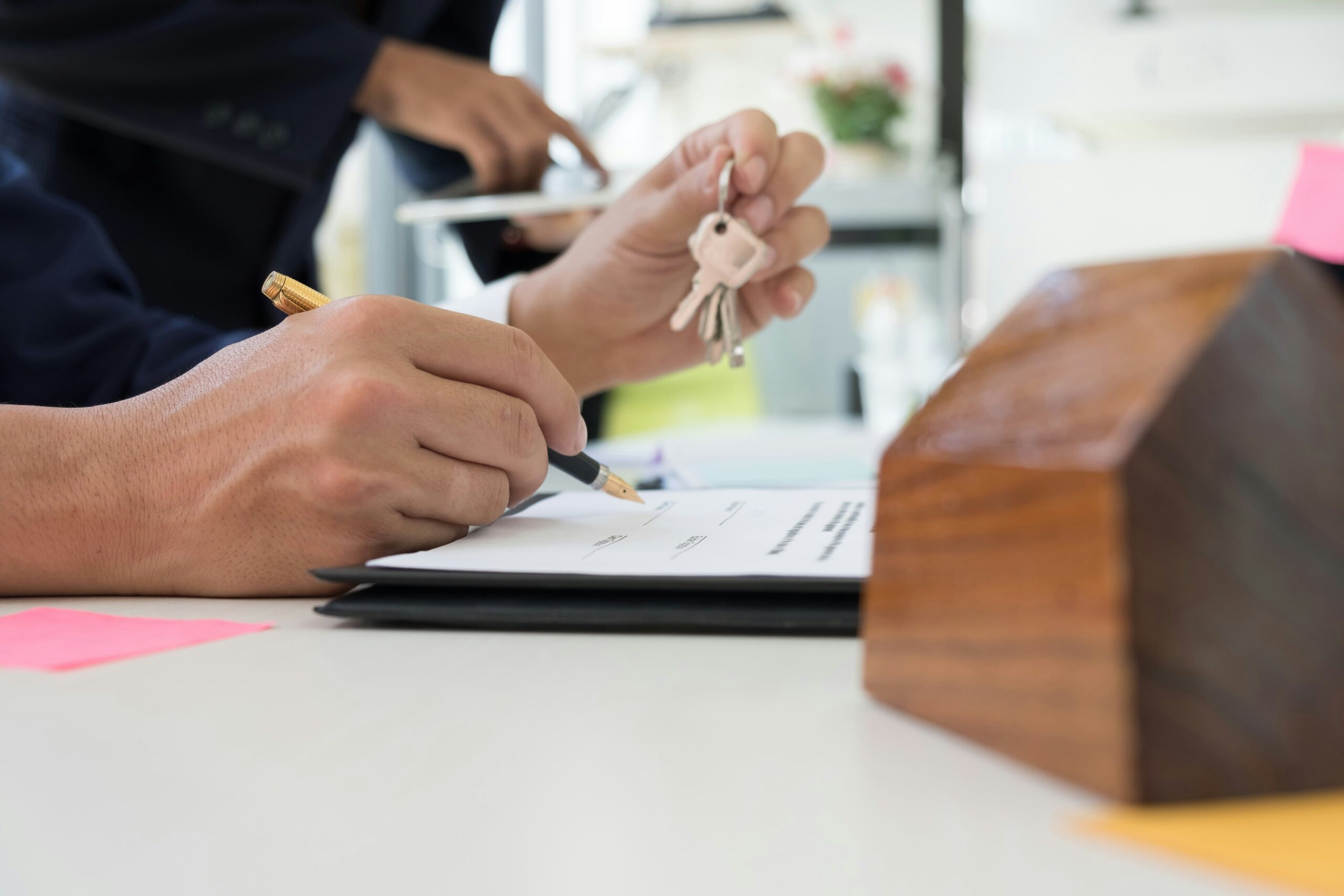
Is Shared Ownership Worth it? The Pros and Cons
Those first steps onto the property ladder are by far the hardest. With no home to sell and deposits getting more difficult to secure, it becomes an unenviable task trying to find a way to take that leap from renter to owner.
Thankfully, various schemes and initiatives exist that can make that giant move a little easier, a little more affordable and ultimately, less stressful.
Shared ownership is one such route to home ownership that makes it possible for those who may have otherwise been permanently stuck on the renting merry-go-round.
However, as much as it has its advantages, shared ownership can be a scheme better avoided.
In this blog, we look at the pros and cons of shared ownership so you can make an informed decision as to whether it’s the path you should follow.
What is shared ownership?
Shared ownership is a home ownership scheme introduced by the Government to help first-time buyers transition from renters to owners. Ran by housing associations, shared ownership allows you to take out a mortgage on a percentage of the home, with rent being paid for the percentage that is mortgage-free.
With the option to take a mortgage on anything from 25%-75% of the property’s value, ownership suddenly becomes much more affordable.
Example:
House Value: £300,000
Shared Ownership: 30%
Value of shared ownership share: £90,000
Deposit: £5,000
Mortgage required: £85,000
Now compare that to the mortgage you’d need if you were buying the house outright.
Over time, you can increase your share by staircasing. It allows you to gradually buy more of the home until you end up with full ownership. There is no obligation to do this, though, and you can remain living there, owning just the percentage you started with and renting the percentage that remains.
How much rent do you pay on shared ownership properties?
The rent on a shared ownership property is determined by the housing association. In most cases, this is lower than the typical rent you’d pay a private landlord or estate agent.
The housing association will set the rent at a percentage of the property value. This is normally around 2.75%. Using our property example from earlier, this would mean your rent would be:
Property value: £300,000
Owned shared: 30%
Rental share: 70%
Value of rental share: £210,000
Rent on £210,000: £5,775 per year or £481.25 per month
As you can see, the rent is cheaper than what you would normally pay. However, this rent only covers 70% of the property. The remaining 30% will need to be covered by your mortgage.
Furthermore, the housing association may also add service charges and ground rents to your total.
Shared ownership pros and cons
As with anything, there are pros and cons. With shared ownership, it is certainly no different. As a result, it’s worth paying attention to both; you could find yourself missing out on an affordable way to own a home, but you could also find yourself in a home ownership situation that you’d rather avoid.
Let’s look at both the pros and the cons. We’ll start with the disadvantages.
Disadvantages of shared ownership
The disadvantages of shared ownership are varied. What may be a negative factor for some may not bother others at all.
Not full ownership
Despite being a homeowner of sorts, you still don’t own the entire property. This means that home improvements might not be possible. A new lick of paint on the walls might be fine, but a whole new bathroom or an extension could be out of the question.
Additional costs
You’ll be paying a mortgage for the share you are buying, rent for the share you are renting and then ground rent and service charges on top. This can soon add up and may end up more expensive than if you had saved for longer and opted to buy a house outright.
Worth noting- ground rent will still be a full amount whether you rent 30% of the home or 70% of the home.
Less benefit from an increase in value
Over time, the property should increase in value, but the smaller the share, the smaller the benefit you’ll see.
Difficult to obtain a mortgage
Some lenders are reluctant to offer mortgages on shared ownership properties. This could limit your pool of lenders and potentially leave you with only those that charge higher rates of interest and larger arrangement fees. Luckily, more and more lenders are making mortgages for shared mortgages available.
Expensive to buy staircase
If you decide to staircase, that’s great as you’ll own more of the home. However, it comes at a great cost as you’ll need to pay for surveys, valuations, legal fees and mortgage fees. Think of it like this. You are buying a house all over again (or at least part of it.), so you will need to prove you can afford it and go through all the standard procedures you did initially.
Furthermore, when you buy new shares of the home, your house is valued again, meaning you’ll pay for new shares at the current valuation, and not how the house was valued when you initially purchased shares in it.
Difficult to sell
Shared ownership properties can be hard to sell. If you haven’t staircased to 100%, you’ll need the housing association to be involved first. If they are willing, they will find a buyer for your share. If they don’t, you can then try and sell the home via the traditional market. Because the housing association can take around 8 weeks to find a buyer, this can make the sales process even longer than it needs to be.
In addition, most shared ownership properties are leasehold, and if the remaining lease is less than 80 years, you may find it almost impossible to sell unless you seek out a lease extension.
Advantages of shared ownership
Now, those disadvantages may have put you off buying shared ownership property or staircasing the one you already own but fear not. There are some advantages you can take solace in.
Smaller deposit
The average house in England costs nearly £300,000, and deposits of around £30,000 or more are needed to buy one. Because of this, home ownership is a distant dream for many. With shared ownership, you only need a deposit for the share you are buying and not the full property value. If you only plan to buy 30% of the home, based on this £300,000 valuation, you’ll only need a £90,000 mortgage, which may only require a £5,000-£10,000 deposit. In most cases, deposits for shared ownership homes are around 5%-10% of the value you are buying.
More likely of mortgage approval
As you need to borrow so much less than if you were buying the house outright, you aren’t as much of a risk to lenders.
Lower rent
The rent you pay on shared ownership property will be much less than if you were renting privately. This could give you some additional cash to put aside to put towards staircasing.
You can sell shares back
If owning is proving too expensive, you can sell some of your share back to the housing association. You can do this at any time but should be aware that you can normally only sell back in 10% increments.
You can staircase if you wish, but don’t have to
You can gradually buy more of the property and eventually become the outright owner of the property. You don’t have to do this, but the option is there should you want to take advantage of it. You’ll be able to buy in 10% increments (in some cases, you can also staircase from 1%)
Make financial gains
Even though you may only own a small percentage of the home, if house prices increase, you are making money off that. Compare this to renting, where you simply line a landlord’s pockets each month with no financial benefit coming your way.
Cheaper stamp duty
When you buy a house outright, you must pay your stamp duty within a specific period. With shared ownership, you can pay it all in one go or make instalments as you staircase.
Free repairs & maintenance
New owners of shared ownership properties can benefit from a 10-year free repairs and maintenance programme. All costs are covered by the housing association or landlord during this time.
Is shared ownership worth it?
It certainly can be. As you’ve seen above, there is an assortment of pros and cons to the scheme and much depends on your circumstances and property goals.
Before you proceed, you should research how your local housing association markets shared ownership property. Often, there is a priority plan in place, meaning you could be waiting for a long time until a suitable home is made available.
You should also look at how many times you can staircase, and how far you can go. In some places, staircasing is capped at 80% and in others, you can only staircase a certain number of times.
If you own a shared ownership property and are concerned about selling. Speak to us. Our team at Sell House Fast guarantees your property will be sold. We buy any house, regardless of condition or type, and we won’t charge you for it either.


